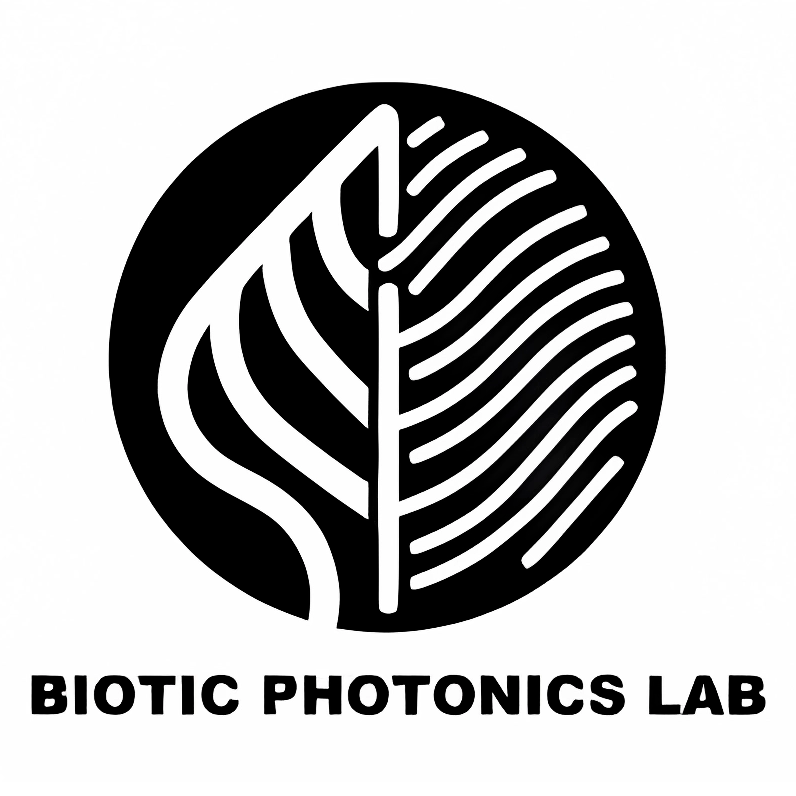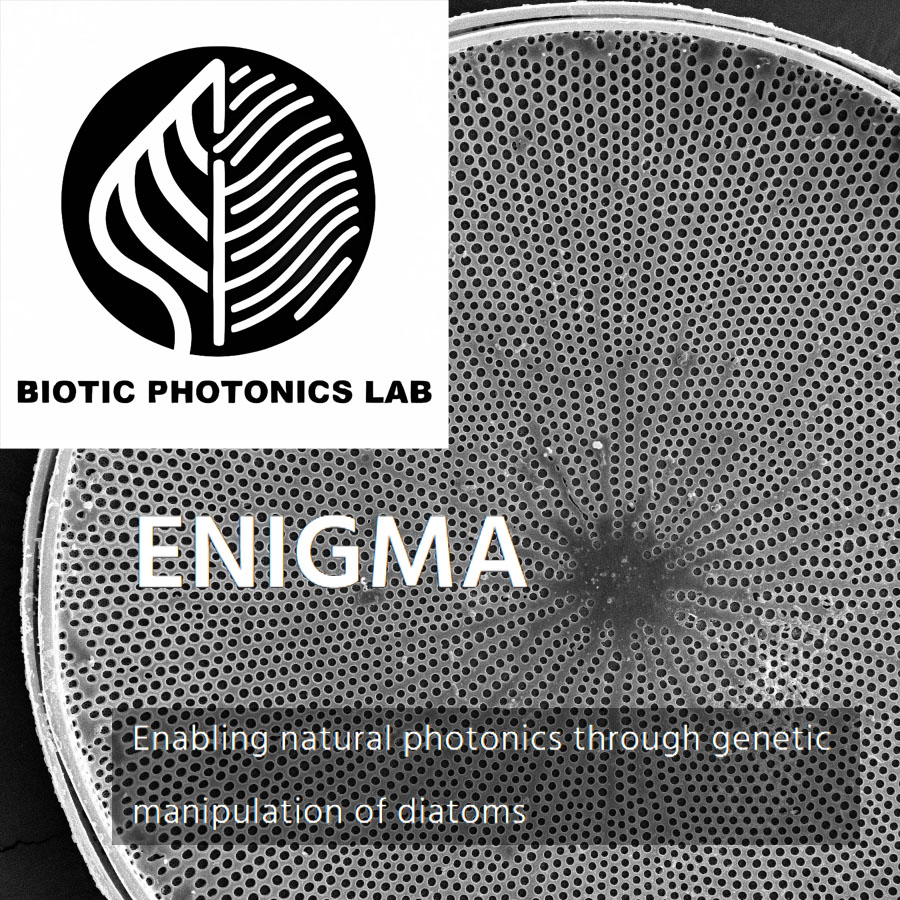Natural Slab Photonic Crystals as Biogenic, Customizable Nanomaterial for Label-Free Detection
- Scientists demonstrate the potential of diatoms as photonic nanomaterials for sensing.
- The biogenic material is extracted directly from the microalgae and does not require markers, simplifying and reducing the cost of the sensor manufacturing process.
Madrid / April 28, 2025
A European research team, coordinated by Martín López García from the CSIC’s Institute of Optics, with Johannes W. Goessling from the University of Aveiro (Portugal) as first author, in collaboration with researchers from the Polytechnic University of Valencia and the International Iberian Nanotechnology Laboratory (Portugal), has published a new study in the journal ACS Applied Nano Materials. The work reveals how diatoms, single-celled microalgae, produce natural photonic nanocrystals capable of detecting, without the need for markers, minute changes in the refractive index of the environment, such as variations in the concentration of chemical substances. These nanocrystals, derived from diatom biosilica, function as sensors and could offer a sustainable alternative to laboratory-made photonic materials.
Latest news
Next Thursday, April 24th, scientific coffee with Hugo F. Martins
The talk is titled "Distributed Optical Fiber Sensing signal processing for seismic applications" And it will be held on Thursday the 24th at 11:00 a.m. in the center's Conference Room Madrid / April 22, 2025The April Scientific Café of the Month will be hosted by...
To demonstrate the sensory properties of these natural structures, the research team extracted and purified the girdle bands of diatoms of the species Coscinodiscus granii. Using advanced electron microscopy and spectroscopy techniques, they individually fixed these nanostructures to glass substrates and measured their optical response when exposed to different liquids and solutions, such as magnesium chloride and glucose. They were also able to customize the detection spectral range by inserting titanium dioxide (TiO₂) nanoparticles into the biosilica, which increased their sensitivity.
The results confirmed that these naturally occurring photonic crystals can detect minute variations in the concentration of substances, with accuracy comparable to that of conventional sensors.
The team plans to continue exploring the potential of diatoms in photonic nanotechnology, with the goal of optimizing their scalability and reproducibility for industrial applications. Next steps include research into genetic engineering to more precisely control the geometric parameters of natural photonic crystals. They will also study functionalization with other materials to use the same technology to detect other compounds. These advances could position diatoms as a sustainable and versatile alternative in the field of photonics and sensing.
Article: Johannes W. Goessling, Paula Martínez Pérez, Laura Rodríguez Lorenzo, Pedro Braga Fernandes, Begoña Espiña, and Martín López-García “Natural Slab Photonic Crystals as Biogenic, Customizable Nanomaterial for Label-Free Detection.” ACS Applied Nano Materials, Issue 10, March 2025

IO-CSIC Communication
cultura.io@io.cfmac.csic.es
Contract offer for thesis in bionic photonics.
Madrid / October 16, 2024The Biotic Photonics Laboratory of the Institute of Optics of Madrid offers a contract for the realization of the PhD...
PhD contract offer in the Technologies for Energy (TEN) laboratory
Madrid / October 8, 2024The Energy Technologies Laboratory has just published a job offer for a 3-year predoctoral contract within the European...
Postdoctoral contract offer at the BIOTIC Photonics Lab
Madrid / October 4, 2024The BIOPHO Lab at the Optics Institute of the Spanish National Research Council (IO-CSIC) in Madrid is seeking a research...





